Large indoor plants bring a dramatic, lush, and tropical charm to your home. Their tall silhouettes, wide leaves, and vibrant greenery can instantly transform a dull corner into a lively focal point. However, one common problem plant lovers often face is keeping these majestic plants upright. Whether it’s a gust of wind from an open window, uneven soil, or an unsteady pot, a falling plant can not only damage your decor but also stress or injure the plant itself.
If you’ve ever had a top-heavy fiddle leaf fig, monstera, or rubber plant lean dangerously to one side, this guide will show you exactly how to keep your large indoor plants stable, healthy, and standing tall — naturally and safely.
1. Choose the Right Pot for Stability
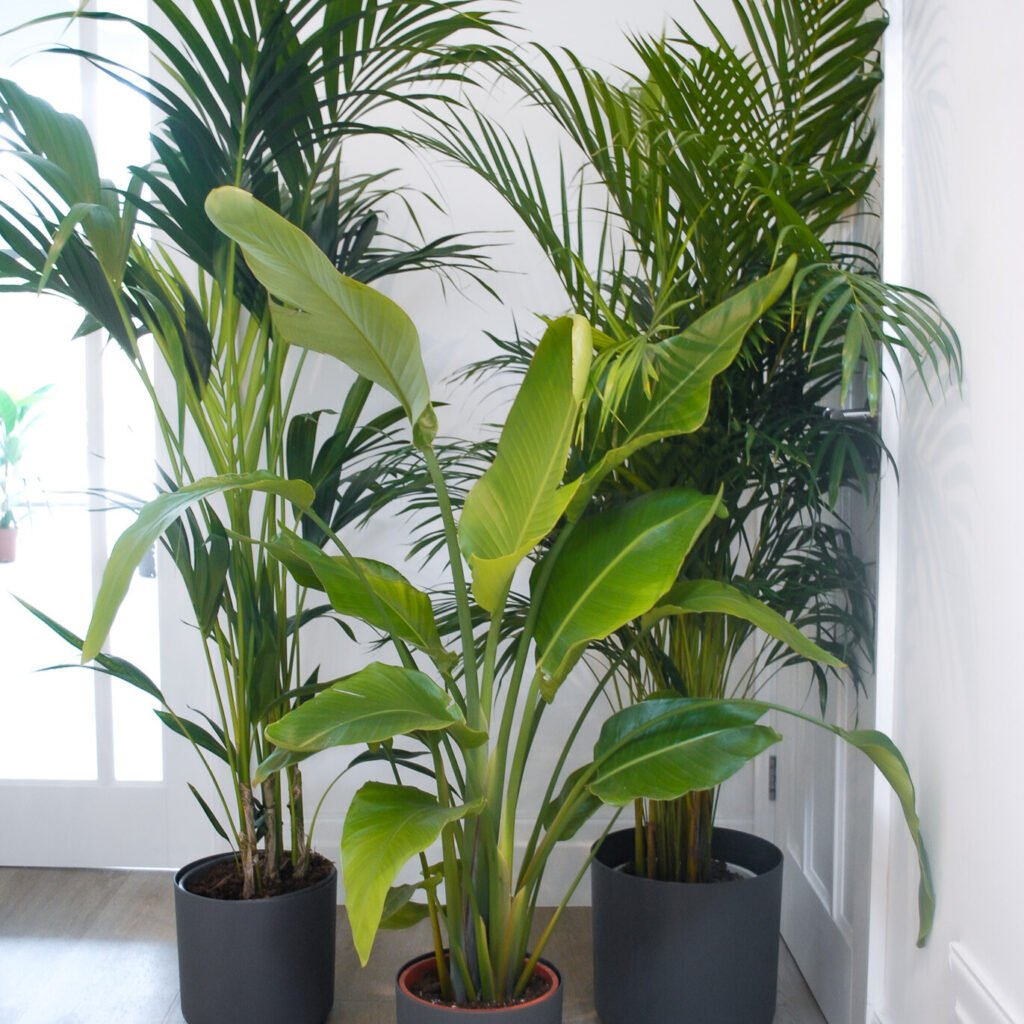
The foundation of your plant’s balance starts with its container.
a. Go for Heavy Pots:
Large indoor plants need sturdy, weighty pots that won’t tip easily. Terra cotta, ceramic, or concrete planters are perfect choices because they’re heavier than plastic and can anchor the plant’s base. If you prefer lighter materials, consider placing decorative stones or bricks at the bottom for added weight.
b. Size Matters:
A pot that’s too small can cause instability, while an overly large one can lead to waterlogging and root rot. Choose a pot that’s 2–3 inches wider than the plant’s root ball. This gives roots room to spread evenly, offering both balance and healthy growth.
c. Drainage is Key:
Even a heavy pot should have proper drainage holes. Excess water can make the soil soggy and heavy on one side, leading to a tilt. Use a saucer underneath to catch extra water and keep your floors safe.
2. Use the Right Soil Mix
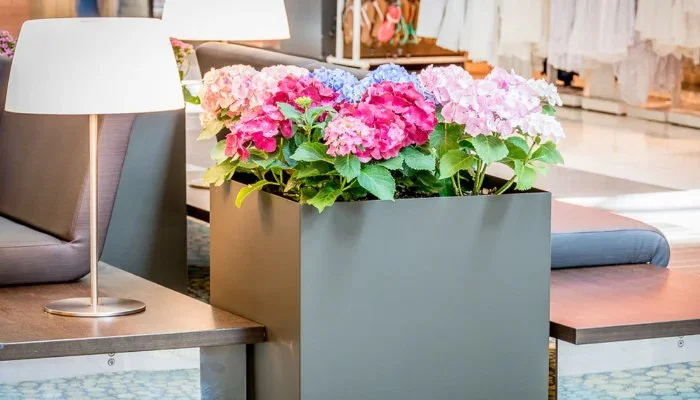
Soil composition plays a huge role in how well your plant stays upright.
a. Avoid Loose Soil:
Loose, sandy, or overly light soil can cause the plant to wobble. Instead, use a high-quality indoor potting mix that retains some moisture but also provides structure. Adding perlite or coco coir improves aeration while maintaining firmness.
b. Firm the Base After Repotting:
When repotting large plants, pack the soil gently but firmly around the roots. This helps anchor the plant securely in place. Avoid pressing too tightly, though — roots still need oxygen to breathe.
c. Add Top Layer Support:
Adding decorative stones, pebbles, or bark mulch on top of the soil can provide extra weight and stability while giving your plant a polished look.
3. Stake Your Plants for Extra Support
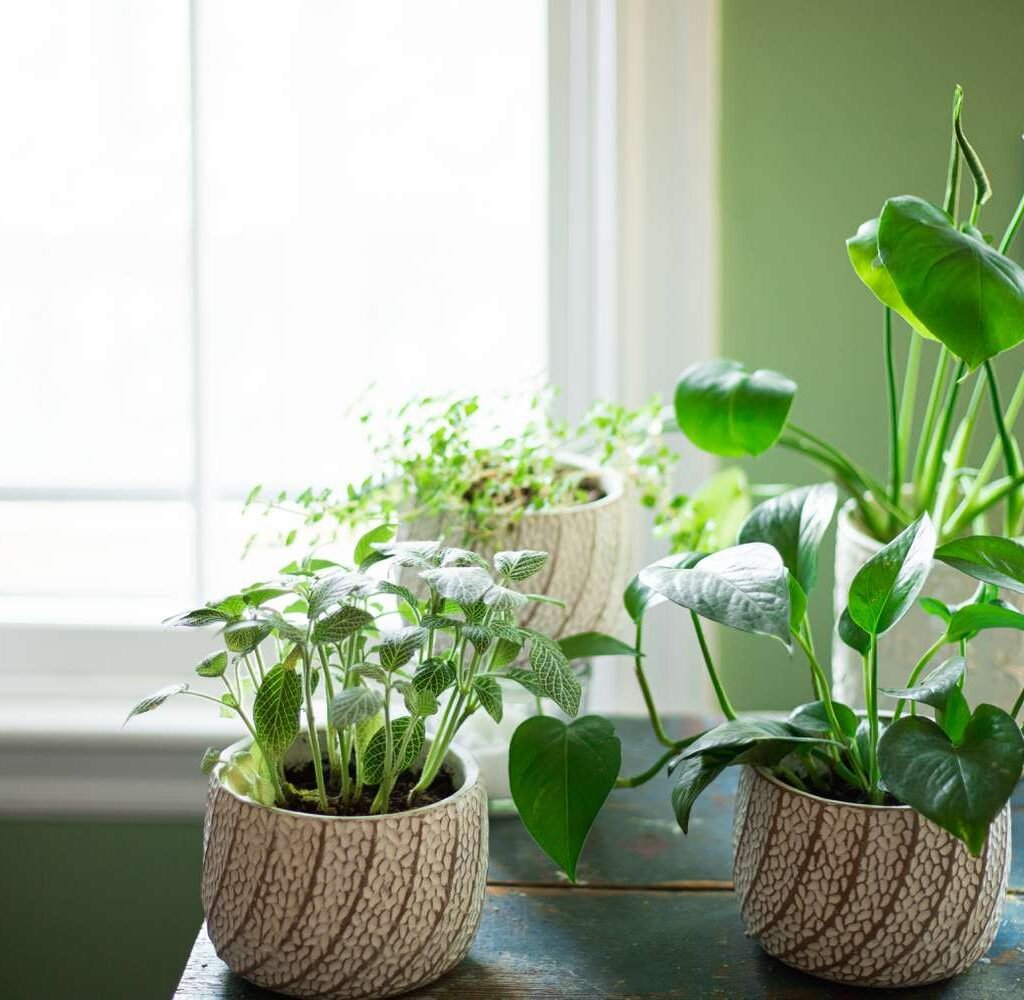
Some large plants, like fiddle leaf figs, dracaenas, or palms, have tall stems that can bend or lean as they grow. Staking is a simple and effective way to keep them upright.
a. Use a Strong Stake:
You can use bamboo sticks, metal rods, or even moss poles depending on your plant’s needs. Insert the stake deep enough into the soil (close to the root ball) for stability but without damaging the roots.
b. Secure the Plant Gently:
Use soft plant ties, jute twine, or Velcro straps to tie the stem to the stake. Avoid tight knots — they can cut into the plant’s stem as it grows. A loose figure-eight tie works best, allowing for gentle movement while still providing support.
c. Train Upright Growth:
As your plant grows, continue adjusting the ties upward. This helps train it to grow straight and prevents top-heavy leaning.
4. Rotate Plants Regularly
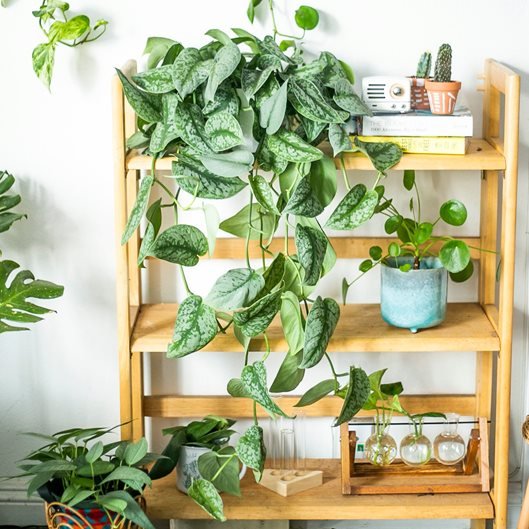
Plants naturally bend toward light, a process called phototropism. If you only get sunlight from one direction — say, a nearby window — your plant may start leaning toward it.
a. Rotate Weekly:
Turn your plant by a quarter turn every week to encourage even light exposure. This helps it grow upright instead of favoring one side.
b. Use Balanced Lighting:
If your space has uneven natural light, supplement with grow lights. Position them directly above or slightly angled to distribute light evenly across all sides.
5. Prune and Trim to Manage Weight
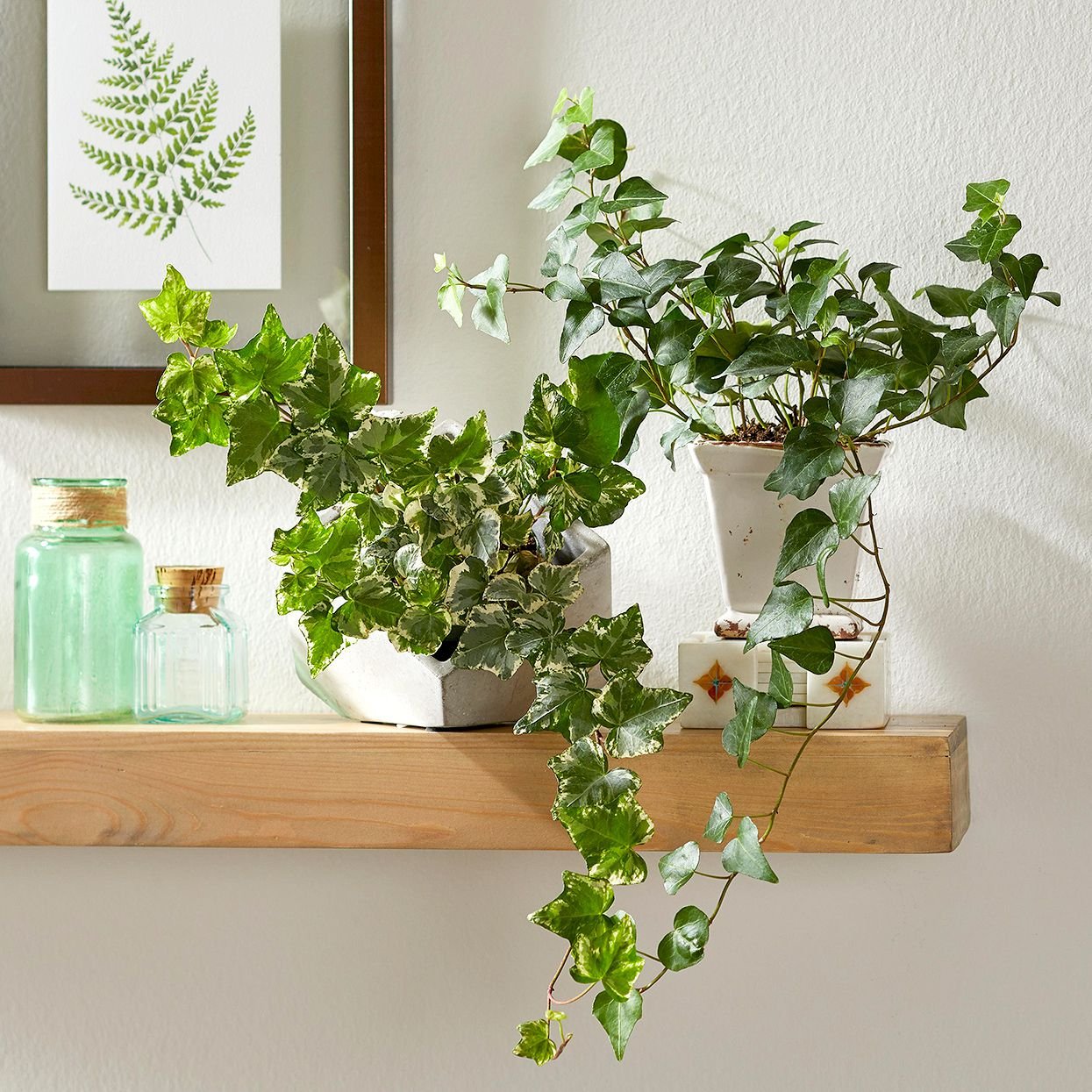
Over time, heavy foliage and uneven growth can make your plant top-heavy. Regular pruning keeps the plant balanced, encourages healthy new growth, and prevents tipping.
a. Remove Excess Foliage:
Cut back overly large leaves or branches that lean heavily to one side. Focus on removing older, lower leaves first to lighten the plant’s upper section.
b. Shape for Symmetry:
Trim your plant to maintain a balanced shape — especially if it grows unevenly toward light. Even distribution of weight across the plant helps keep it upright.
c. Stimulate Stronger Growth:
Pruning also encourages new branches to form lower down the stem, creating a more compact and self-supporting structure.
6. Use a Decorative Plant Stand with Support
If your plant sits in a light container, consider using a sturdy plant stand with built-in braces or side walls. Some plant stands even have adjustable clamps that hold the pot in place. Just make sure the stand’s surface is level, stable, and wider than the base of your pot.
You can also place the pot inside a weighted basket or decorative container with sand or gravel at the bottom for extra stability — blending practicality with aesthetics.
7. Check and Adjust Root Health
A plant’s roots act as its anchor. If they are weak or rootbound, the plant can easily topple.
a. Repot When Rootbound:
If roots are circling the bottom or poking out of drainage holes, your plant needs more space. Repotting into a slightly larger pot gives the roots room to spread and stabilize the plant.
b. Balance Moisture:
Overwatering can cause roots to rot and lose their grip, while underwatering can make the soil too light. Keep a consistent watering schedule and allow the topsoil to dry slightly between sessions.
c. Encourage Deep Root Growth:
When watering, ensure water reaches deep into the pot. Shallow watering encourages surface roots, which provide less support.
8. Consider Environmental Factors
Sometimes, the reason your plant topples isn’t the plant itself — it’s the environment.
a. Avoid Windy or High-Traffic Areas:
Large plants near doors, fans, or air vents can easily be knocked over by strong drafts. Similarly, pets or children can accidentally bump into them. Place your plants in a safe, low-traffic corner.
b. Level Your Flooring:
Uneven floors or rugs can cause pots to lean slightly, increasing the risk of tipping. Use furniture coasters or rubber stabilizers to even things out.
c. Maintain Consistent Humidity and Temperature:
Sudden drops in temperature or humidity can weaken stems, especially for tropical species like monsteras or birds of paradise. Keep them in stable, comfortable indoor conditions.
9. Reinforce with Decorative Weight
You can cleverly disguise added stability by using decorative elements.
- Pebbles, glass beads, or gravel at the pot’s base look elegant and keep it from shifting.
- A wide saucer or tray filled with sand can serve as both a moisture reservoir and stabilizing base.
- Cluster large plants together — their combined mass can help them support each other visually and physically.
10. Know When to Rebalance and Reposition
As plants grow taller, their center of gravity changes. A plant that was stable six months ago may start leaning now. Regularly inspect your large indoor plants for signs of imbalance — a tilted trunk, loose soil, or one-sided leaf growth — and take early corrective action.
Sometimes, simply rotating or repotting the plant is enough to restore perfect balance.
Conclusion
Keeping large indoor plants from toppling over isn’t just about looks — it’s about ensuring their long-term health and growth. A well-balanced plant is less stressed, absorbs nutrients more efficiently, and grows more symmetrically.
By choosing the right pot, staking tall stems, pruning wisely, and paying attention to light and soil balance, you can enjoy your tall, elegant plants safely and beautifully for years. Whether it’s a towering monstera in your living room or a majestic palm near your window, a stable foundation ensures that your greenery remains both a natural masterpiece and a peaceful part of your home decor.
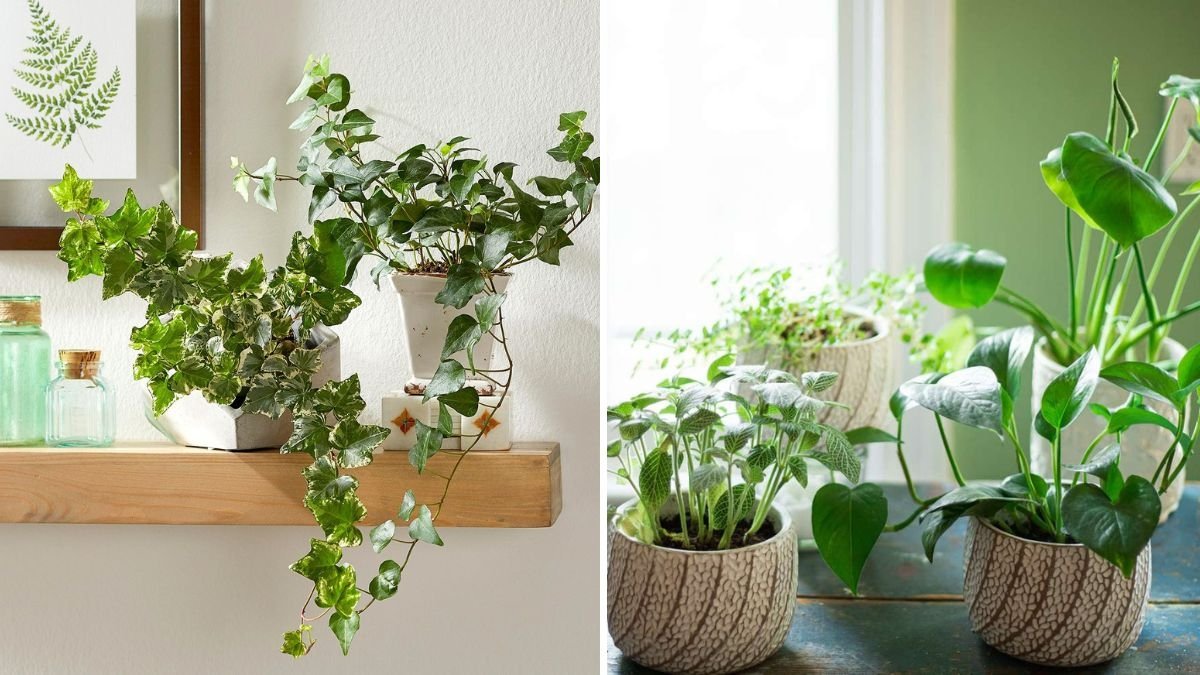




Leave A Comment